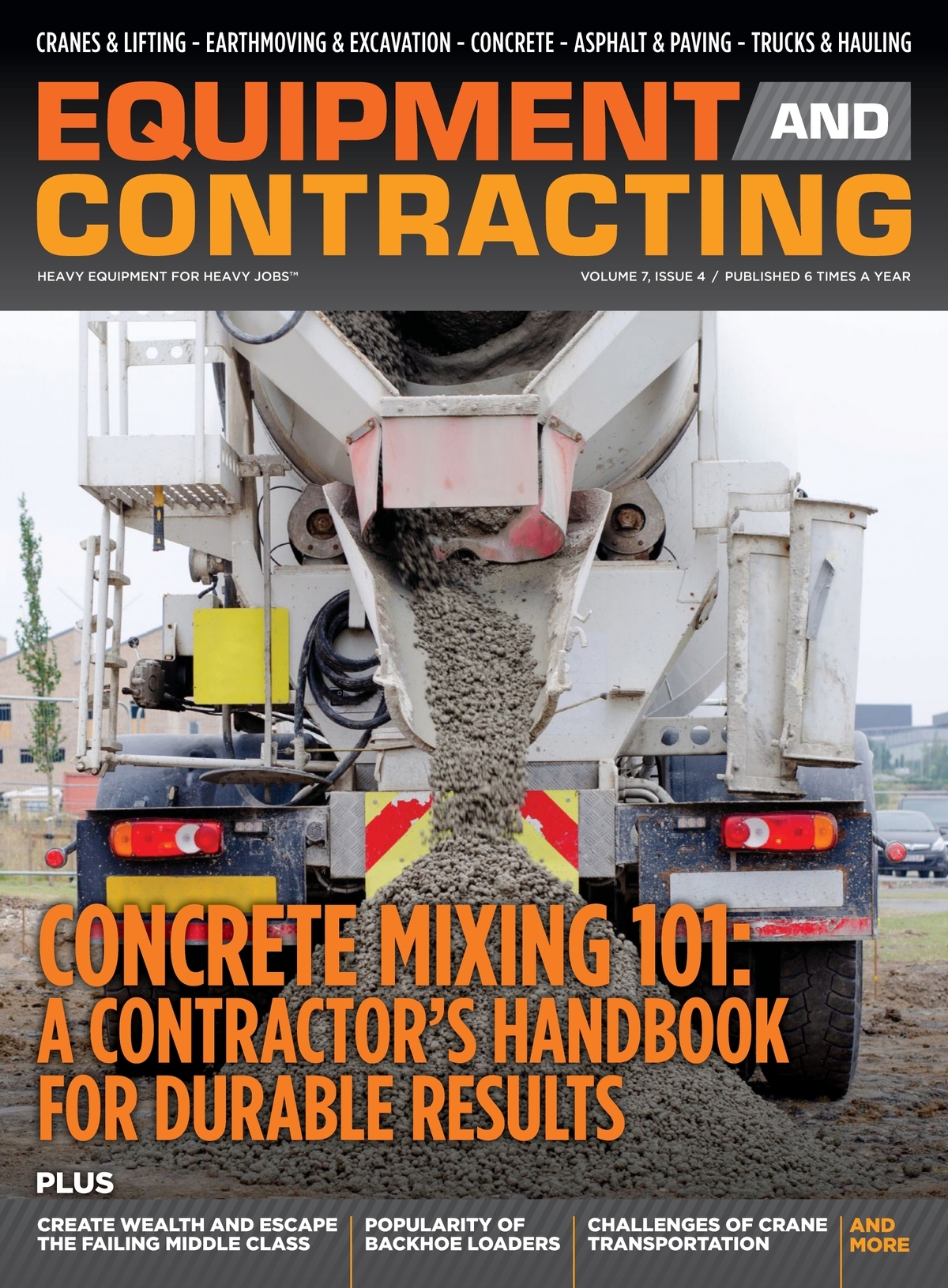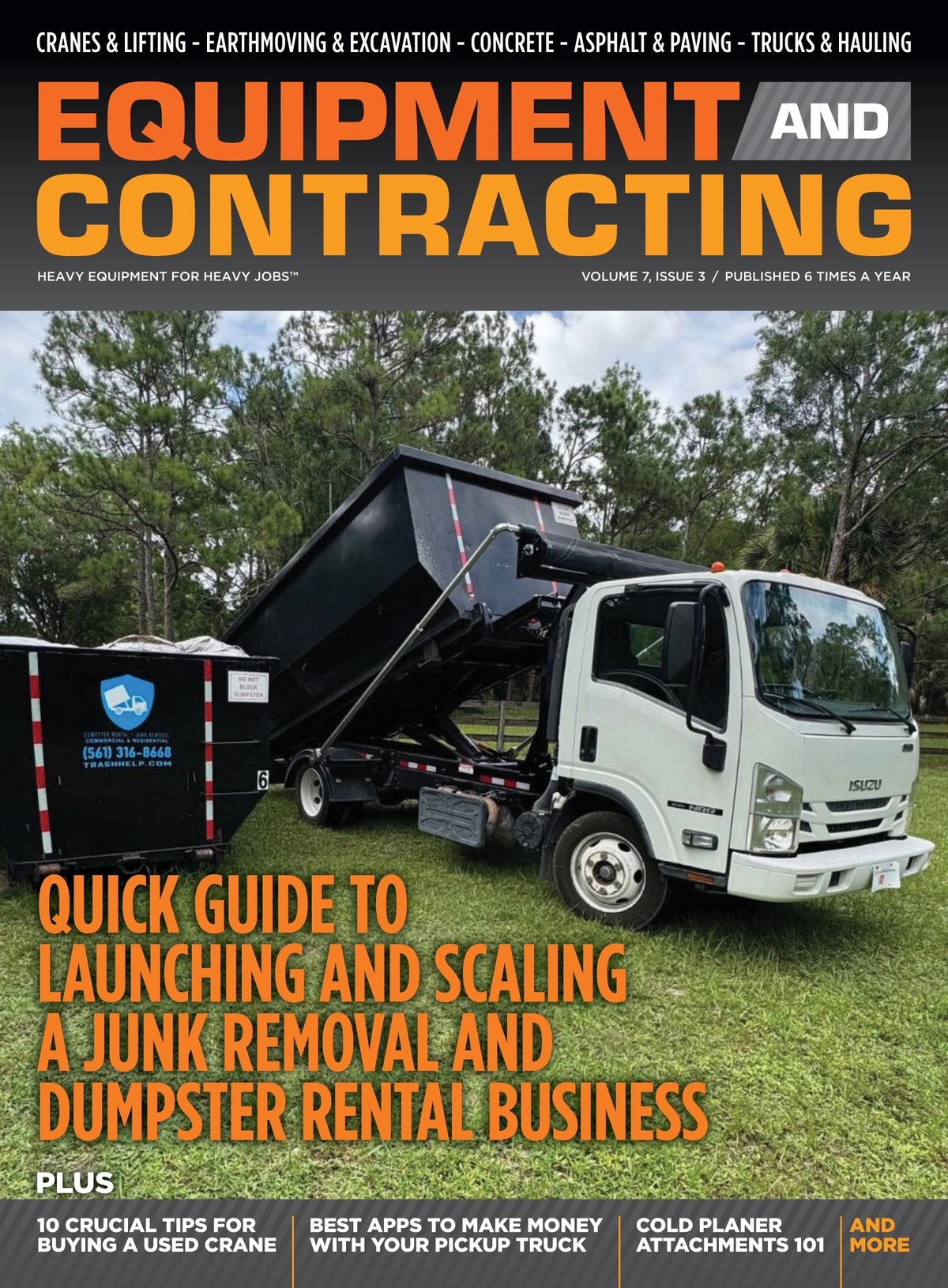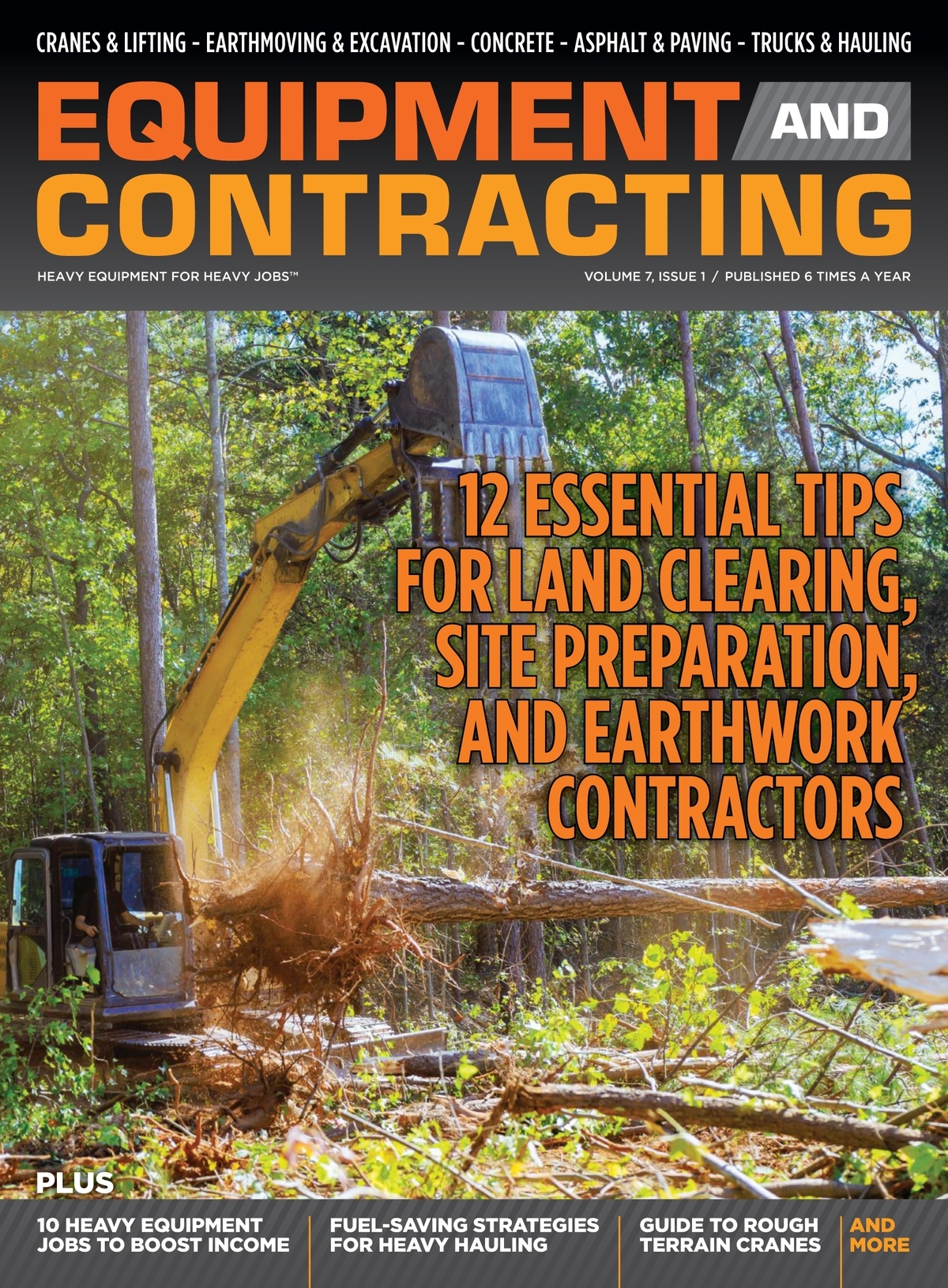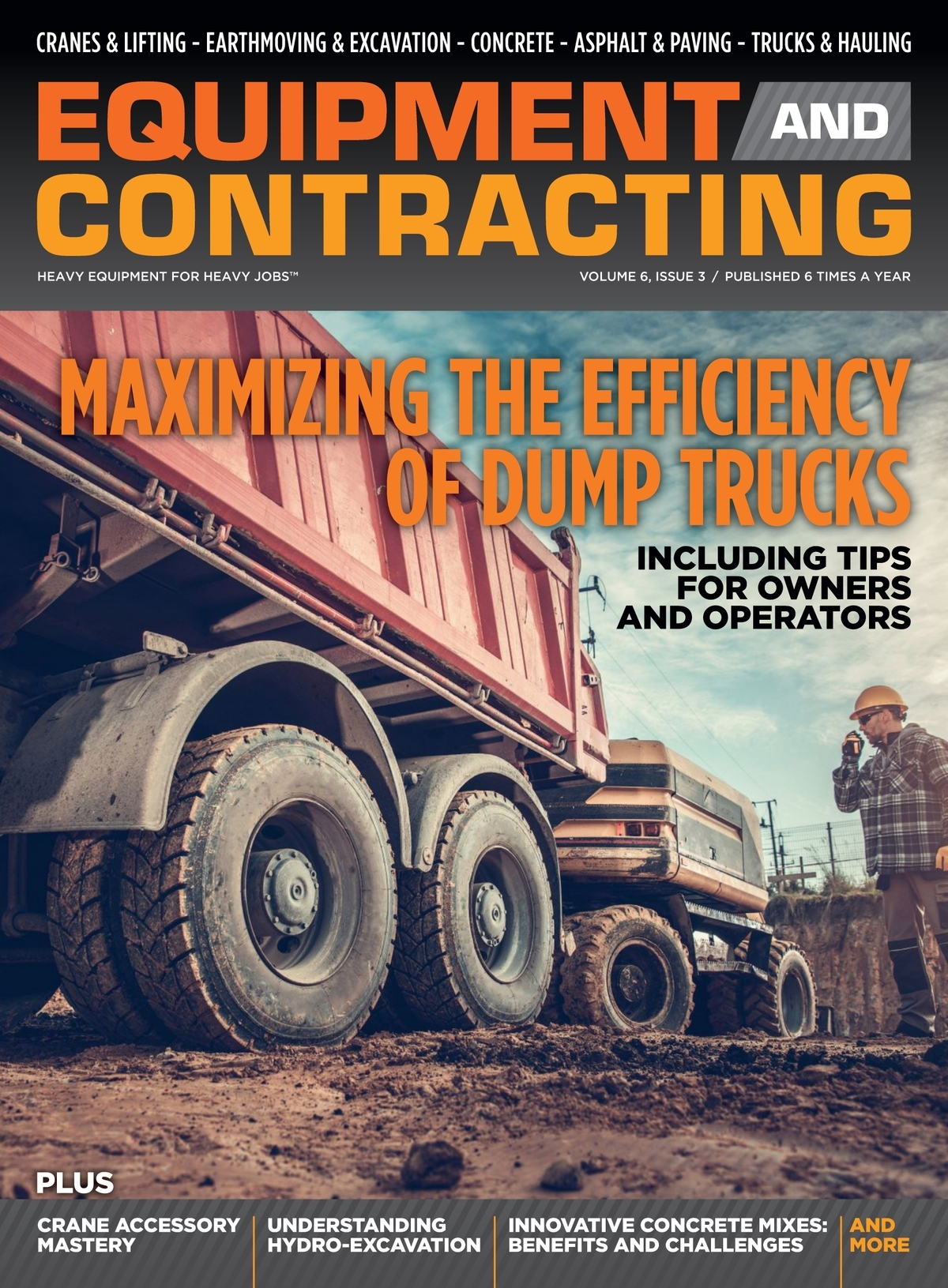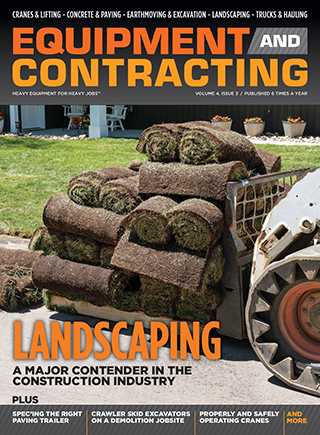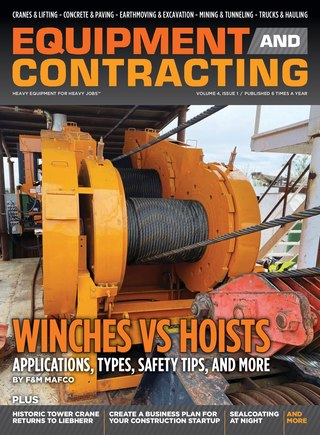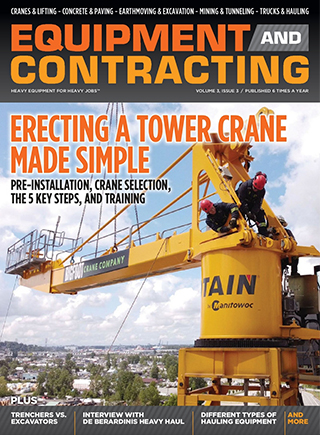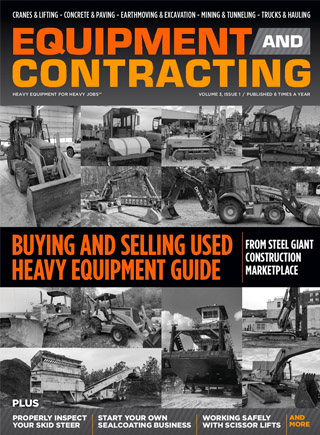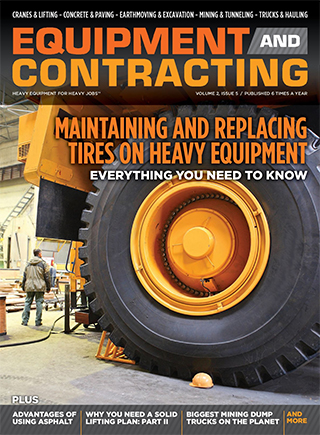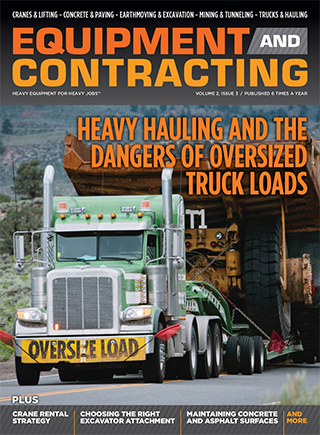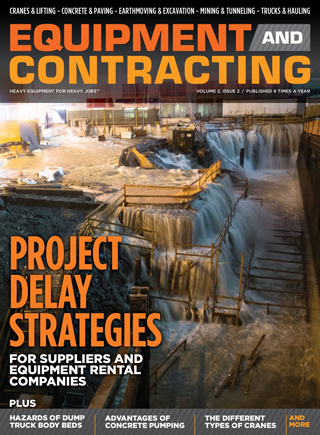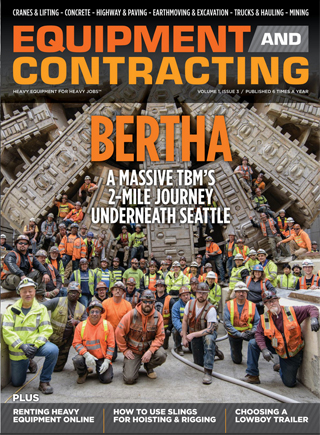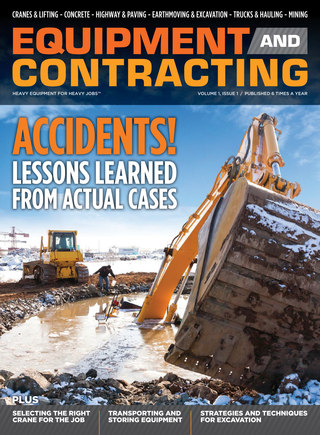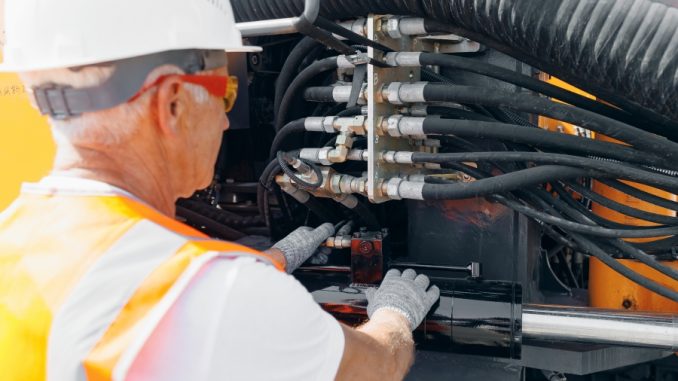
Hydraulic systems keep heavy equipment moving. Whether it is an excavator lifting loads, a skid steer steering under pressure, or a mining haul truck operating nonstop, hydraulic hoses play a central role in transferring power. These hoses work in demanding environments filled with abrasive debris, vibration, extreme temperature changes, and tight routing paths that expose them to friction and mechanical wear. Abrasion, pressure cycles, and heat are among the most common causes of hose failure. When a hose wears through or bursts, the outcome can be serious for both the machine and the operator.
A small pinhole leak caused by abrasion can release high pressure hydraulic fluid that penetrates skin and poses major injury risks. Burst hoses can cause machine shutdowns, contamination, and costly repairs. In mobile machinery where hoses move constantly, the threat compounds. This is why protective sleeving has become an essential line of defense for contractors and maintenance teams.
Why Braided Sleeving Has Become a Trusted Protective Method
How Braided Sleeving Works
Braided sleeving is created by weaving fibers, commonly nylon or polyester, into a flexible tube that expands and contracts. It slides over hydraulic hoses to form a protective barrier against wear, external heat, impacts, and general abrasion. Industry guides describe how protective sleeves also help contain fluid spray in the event of a small leak, adding a layer of safety for operators working near exposed hose runs.
One of the key advantages of braided sleeving is its ability to flex with hose movement. Heavy equipment such as excavators, bulldozers, and telehandlers require hoses to bend, twist, and shift constantly. Sleeving constructed with expandable or woven materials maintains coverage during these movements without restricting the hose.
Documented Performance Characteristics
Performance characteristics vary by material, but several verifiable features appear across industrial specifications. Nylon based sleeves, for example, are known for high abrasion resistance. Essentra Components lists certain abrasion resistant sleeves as tested to withstand thousands of abrasion cycles. In mining and construction environments where hoses contact rocks, brackets, or other surfaces, this resistance becomes critical.
Temperature performance is also documented. Many heavy duty nylon sleeves are rated for environments ranging from minus forty degrees Celsius to more than one hundred degrees Celsius, depending on the fiber type and weave. Chemical resistance is another important factor because hydraulic hoses often encounter diesel fuel, engine oil, hydraulic fluid, coolant, and UV exposure in outdoor conditions.
Selecting the Right Braided Sleeving for Heavy Equipment
Evaluating the Operating Environment
Every heavy equipment machine has unique hose routing challenges. Excavators have long boom hoses that rub when the arm cycles. Wheel loaders have steering hoses that move across tight pivot points. Tracked machines push hoses against constant vibration. Selection of sleeving begins with identifying these risks.
Contractors and technicians typically examine hose runs to determine where abrasion is likely to occur. If hoses rub against brackets or pass through frame openings, they are strong candidates for protective sleeving. Sleeves made from thicker ballistic style materials offer higher durability for these high exposure zones.
Using Supplier Data to Match Performance
The braided sleeving industry provides extensive technical data such as expansion ranges, wall thickness, abrasion cycle ratings, chemical compatibility notes, and recommended applications. For example, heavy duty sleeving categories often document thicker wall construction designed for outdoor industrial environments where hoses face sustained wear. The product catalogs available online support comparison of these characteristics.
Sleeving options also include wrap style materials for retrofitting without removing hose ends. This is helpful for field repairs where disassembling connections is not practical.

Installation Practices that Improve Protection
Preparing Hoses for Sleeving
The installation workflow usually begins with cleaning the hose surface and inspecting it for wear. If the hose is already compromised, sleeving should not be used as a repair. Once the hose condition is confirmed, the sleeving can be slid or wrapped into place.
A good installation anchors the sleeve at both ends using clamps, shrink material, or ties recommended by the manufacturer. This prevents the sleeve from creeping and exposing sections of hose. Installers also ensure that the sleeve does not interfere with the hose bend radius, especially in tight routing spaces where hoses must move freely.
Routine Inspection and Replacement
Protective sleeving extends the life of hydraulic hoses, but it also requires periodic inspection. Many maintenance teams check sleeving during scheduled servicing. If the outer sleeve begins to show heavy wear or fraying, it acts as an early indicator that the hose underneath may be taking on stress. Replacing the sleeve and evaluating the routing path can prevent larger failures.
Documented industry guidance also notes that sleeves can reduce operator injury risk by containing fluid spray in the event of a small leak. For this reason, maintaining sleeve integrity is a safety measure, not just a cost saving step.
How Advanced Braided Sleeving Improves Equipment Reliability
New Developments in Protective Sleeve Technology
In recent years braided sleeving has evolved beyond simple abrasion protection. Many modern sleeves feature tighter weaves for higher durability, improved expansion ratios for easier installation, and better resistance to chemicals and UV exposure. Some heavy duty variants incorporate ballistic nylon or other reinforced materials to withstand harsher operating environments.
Technical data sheets available from industry suppliers show a range of specialty materials designed to handle abrasive mining conditions, off road equipment vibration, or exposure to high temperature components. These improvements give equipment owners more options for tailoring hose protection to specific environments.
Integrating Advanced Sleeving into Preventive Maintenance
Adding braided sleeving to hose assemblies is now seen as a preventive maintenance measure rather than an optional accessory. By reducing the root causes of wear, equipment operators experience fewer hydraulic failures, lower downtime, and improved safety. In industries where every hour of machine availability matters, this can create measurable operational benefits.
For additional research on sleeving characteristics and industrial applications, readers can explore high level braided sleeving information provided through established manufacturers. A good starting point is learning more about available braided sleeving solutions offered in the general marketplace.
To understand how protective sleeving is used in real world hydraulic environments, readers can also review hydraulic hose protection resources available online. These resources show how sleeving helps protect hydraulic assemblies across different industries including construction, manufacturing, and transportation.
Hydraulic hoses are the lifelines of heavy equipment and their failure can lead to safety risks, costly downtime, and extensive repairs. Braided sleeving provides an effective, field proven layer of protection against abrasion, impact, chemical exposure, and heat. With verifiable performance data available through industrial suppliers and documented use cases in demanding environments, braided sleeving has become an essential tool for maintaining hydraulic system reliability. Integrating advanced sleeving into preventive maintenance programs helps extend hose life, enhance operator safety, and protect equipment investments across construction, mining, forestry, and other heavy duty sectors.


